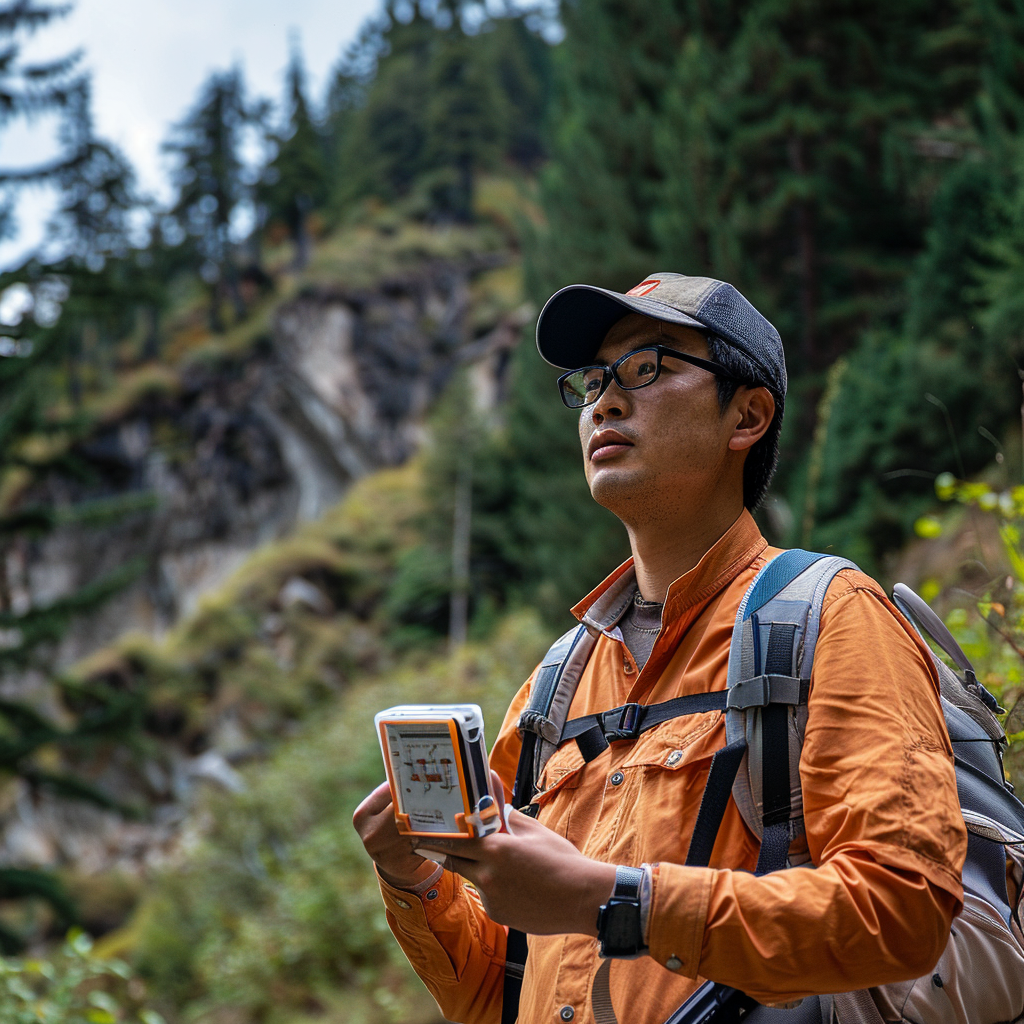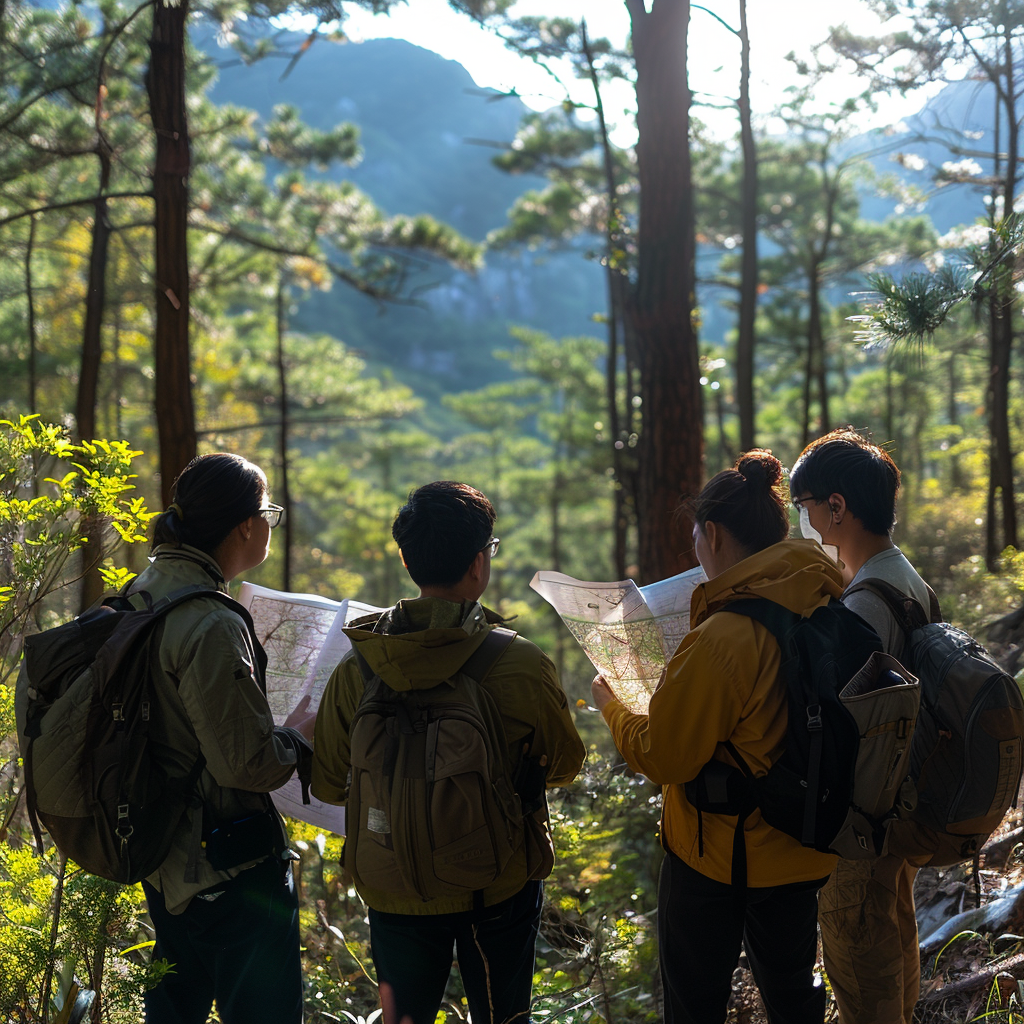發布:2025-03-04 瀏覽:0
林地資產:土地根基的價值判定?
Forest land assets: value determination of land foundation?
林地是森林資源資產的重要組成部分。根據森林法實施條例,郁閉度在 0.2 以上的喬木林地、竹林地、灌木林地、疏林地、采伐跡地、火燒跡地、未成林造林地、苗圃地以及縣級以上人民政府規劃的宜林地,均可認定為林地資產。然而,部分林地由于經營條件限制或產權不明晰等原因,目前雖不能作為資產進行評估,但隨著條件的改善,仍有可能轉化為具有經濟價值的資產。?
Forest land is an important component of forest resource assets. According to the Implementation Regulations of the Forest Law, tree forests, bamboo forests, shrublands, sparse forests, logged areas, burnt areas, undeveloped forests, nurseries, and suitable forests planned by the people's governments at or above the county level with a canopy density of 0.2 or above can all be recognized as forest assets. However, due to limitations in operating conditions or unclear property rights, some forest land cannot be evaluated as assets at present, but with the improvement of conditions, it may still be converted into assets with economic value.?
林木資產:林種差異下的資產界定?
Forest Assets: Definition of Assets under Differences in Forest Species?

林木資產涵蓋了多種林種。經濟林通常產權明確且經濟效益較高,一般應全部認定為森林資源資產。用材林和薪炭林大部分也可認定為資產,但產權關系不明晰、無法有效控制或經濟效益極低的部分除外。防護林情況較為特殊,像農田牧場防護林、護路林等能產生較大直接經濟效益的可認定為資產,而多數以生態防護為主、社會生態效益難以貨幣計價的防護林,暫時只能作為潛在資產。特殊用途林的認定更為復雜,如國防林、自然保護區禁伐林等雖產權明確但不以經濟收益為主要目的,不能作為森林資源資產;而母樹林、實驗林等在實現特定功能的同時具有經濟效益的,則可納入資產范疇。?
Forest assets cover a variety of forest species. Economic forests usually have clear property rights and high economic benefits, and should generally be fully recognized as forest resource assets. Most of the timber forests and firewood forests can also be recognized as assets, except for those with unclear property rights, ineffective control, or extremely low economic benefits. The situation of protective forests is relatively special. Forests that can generate significant direct economic benefits, such as farmland and pasture protective forests and road protection forests, can be recognized as assets. However, most protective forests that focus on ecological protection and have difficult to monetize social and ecological benefits can only be considered as potential assets for the time being. The identification of special-purpose forests is more complex, such as national defense forests, nature reserve forests that are prohibited from logging, etc. Although their property rights are clear, they are not primarily intended for economic benefits and cannot be used as forest resource assets; If parent forests, experimental forests, etc. have economic benefits while achieving specific functions, they can be included in the asset category.?
野生動植物資產:從資源到資產的轉變?
Wildlife Assets: The Transformation from Resources to Assets?
林區的野生動植物是森林生態系統的重要成員。傳統觀念中,它們多被視為資源而非資產。但隨著社會發展和經營方式的轉變,部分通過人為管護和合理經營利用,如在林區建立狩獵場等,能夠實現有效控制并產生經濟價值的野生動植物,已逐漸被認定為森林資源資產。而那些處于自然狀態、難以管控和利用的野生動植物,則仍作為潛在性資產存在。?
The wild animals and plants in forest areas are important members of the forest ecosystem. In traditional beliefs, they are often seen as resources rather than assets. But with the development of society and the transformation of management methods, some wild animals and plants that can be effectively controlled and generate economic value through human management and reasonable management and utilization, such as establishing hunting grounds in forest areas, have gradually been recognized as forest resource assets. And those wild animals and plants that are in a natural state, difficult to control and utilize, still exist as potential assets.?
森林景觀資產:旅游價值驅動的資產認定?
Forest landscape assets: asset recognition driven by tourism value?
森林景觀資產依托于森林旅游的興起而發展。森林景觀是由林區內的山水、動植物、氣候等多種要素組合而成的生態系統。其能否被認定為資產,關鍵在于產權明晰以及當地旅游發展水平和交通條件。交通便利、環境優美且能夠吸引游客的森林景觀,具備經濟開發價值,可認定為森林景觀資產;而地處偏遠、交通不便的優美景觀,在當前條件下則僅作為資源,待開發條件成熟后才有可能轉化為資產。
The development of forest landscape assets relies on the rise of forest tourism. Forest landscape is an ecosystem composed of various elements such as mountains, waters, flora and fauna, climate, etc. within the forest area. Whether it can be recognized as an asset depends on clear property rights, local tourism development level, and transportation conditions. Forest landscapes with convenient transportation, beautiful environment, and the ability to attract tourists, possessing economic development value, can be recognized as forest landscape assets; The beautiful landscapes located in remote areas with inconvenient transportation are only considered as resources under current conditions, and may only be converted into assets when the development conditions are mature.


















